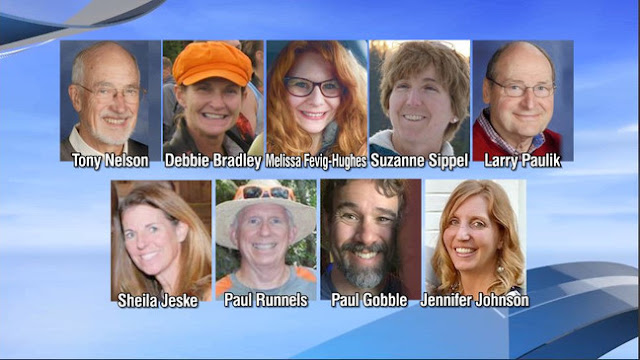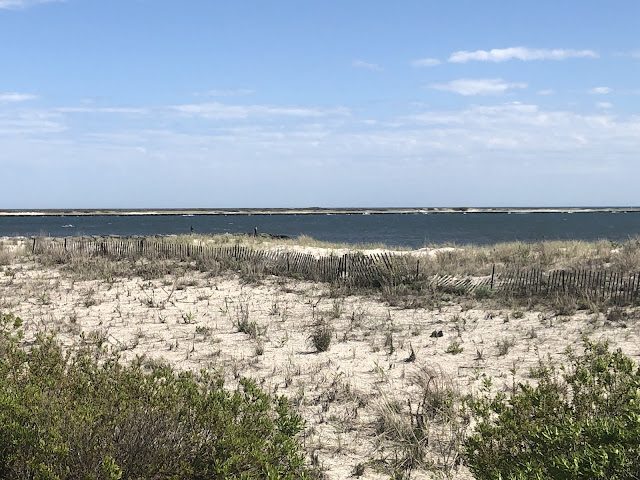Today I am going to do something I’ve never done before: I am going to invoke my Howard Cosell rule two days in a row. In other words, this post won’t relate to bicycling. And while some of you may think I had a better reason to write such a post yesterday, I hope you will find this one interesting.
Perhaps no other athlete ever became as much of a worldwide celebrity and cultural icon as Muhammad Ali. In the world of cycling, it’s difficult to find an equivalent: Lance Armstrong might have attained such a status were it not for the allegations, and his admission, that he doped and bullied teammates into doing it or covering up for him.
An extremely small number of athletes have become icons, or have been deemed significant historical figures, even of their own culture.
Maurice Richard, who played for the Montréal Canadiens for 18 seasons and was their captain for the last four, is one such person. When I was in North America’s ville aux cent clochers, I was struck by not only how many statues, murals and other homages to “Le Rocket” I saw, but their seeming ubiquity. Here in New York, you’ll find such tributes to Babe Ruth, Joe DiMaggio and other legends mainly in and around Yankee Stadium. But in la belle ville, I encountered likenesses of Richard in nearly every part of town.
So I was not surprised when I learned that today, on the 25th anniversary of his death and 65 years after he played his last National Hockey League game, Québec government officials announced that he had been designated an historic figure in the province.
It is almost impossible to overstate what Maurice Richard has meant to the province’s people and to Francophones in other parts of Canada. Although they are roughly three-tenths of the nation’s population, for about two centuries, they and the province had, at best, second-class status. Québec lagged well behind neighboring Ontario and other provinces in economic terms as well as status.
About the latter: While other French Canadians excelled in sports and other endeavors before Richard came along, none carried the pride of his culture as he did.When he scored a goal, when he helped to defeat the Boston Bruins or Toronto Maple Leafs, it was a victory not only for him and the Canadiens, but also for the everyday Quebecois who, as one put it, had to “hang up” their “hat and customs” when they went to work every day—or for natives of the villages and farms north of Québec City who spoke nothing but French but were conscripted to fight for the Crown during World War II.

Some have argued that he helped to usher Québec’s “Quiet Revolution,” which campaigned for, and won, greater autonomy for the province—and modernized its educational system, which had been controlled by the Catholic Church. While it may not have been a direct consequence of Richard’s career or retirement, it could be argued that the pride be engendered helped to elect Jean Lesage as Premier of Quèbec in the same year “The Rocket” retired. Lesage, for whom Québec City’s international airport is named, is credited with modernizing the province’s educational system (and guaranteeing equal access for females) and economic system. He understood—correctly, I think—that preserving the province’s culture and language, and therefore its autonomy, would not be possible if Quebecois and other Francophone Canadians didn’t have the same educational and economic leverage as their Anglophone neighbors.
While Richard didn’t take overtly political stances as Ali did, he was fearless and proud. And, let’s face it, his looks didn’t hurt: handsome and fierce, he always seemed to be camera-ready, whether on the ice or in a boardroom.































